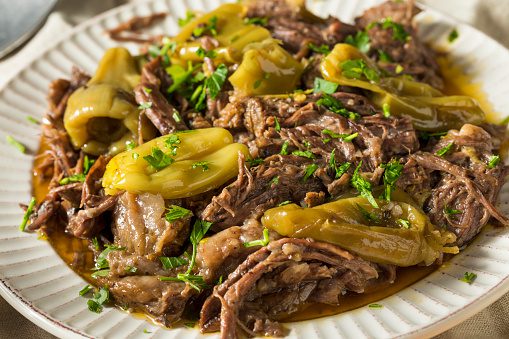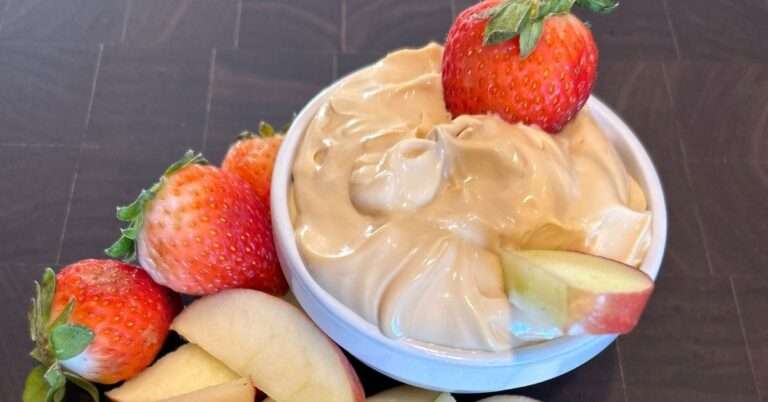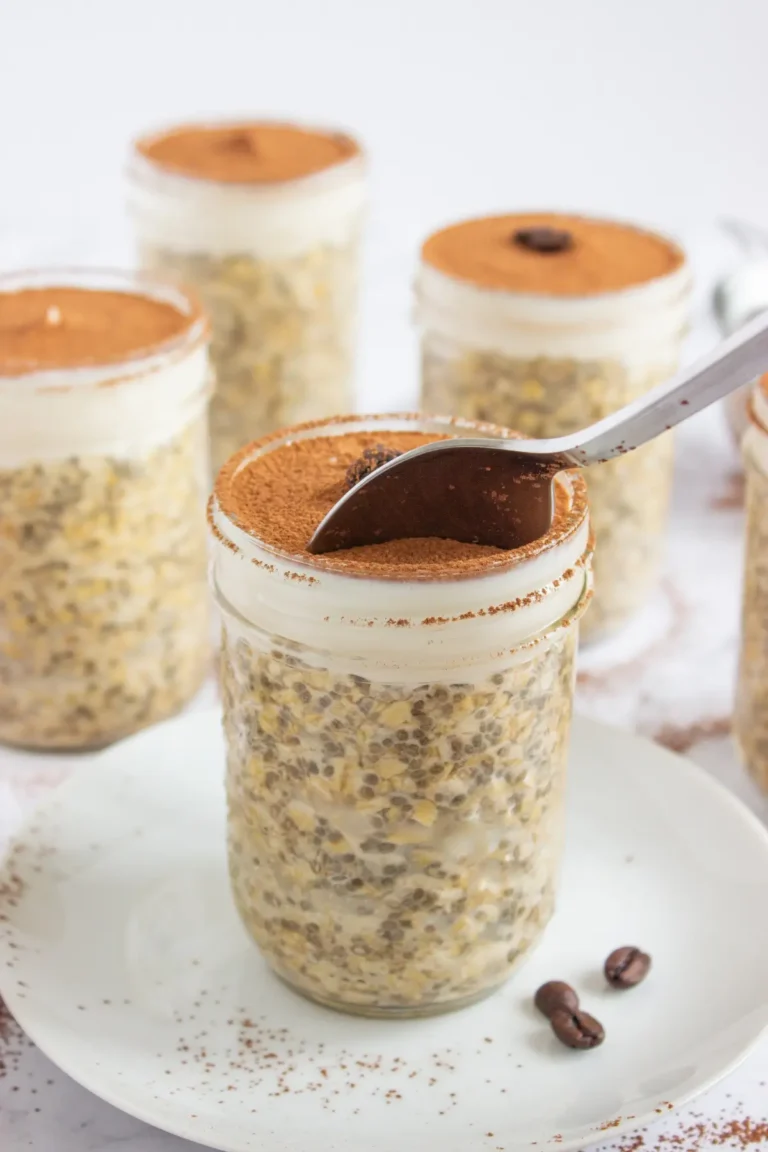16 of the Best Substitutes for Barley
Barley, with its unique nutty flavor and chewy texture, has been a kitchen staple for centuries. However, there are times when you need to seek out alternatives, whether it’s for dietary preferences, allergies, or simply a desire for new culinary experiences. In this comprehensive guide, I will delve into 16 best substitutes for barley and introduce you to five named entities that can elevate your culinary creations.

I love cooking with barley as it’s delicious and a great addition to soups like my Hearty Turkey and Barley Soup and stews.
Pearl Barley: The Classic Choice
Before we begin our exploration of barley substitutes, it’s essential to acknowledge pearl barley, the most common form of barley. Barley is used in soups and stews and many other delicious dishes. Celebrated for its creamy texture and its ability to enhance the flavors of hearty dishes, barley is a versatile ingredient. Barley has a mild nutty flavor and a chewy texture. Barley contains gluten, so some options below serve as a gluten-free substitute for pearl barley. You can usually find barley at your local grocery store.
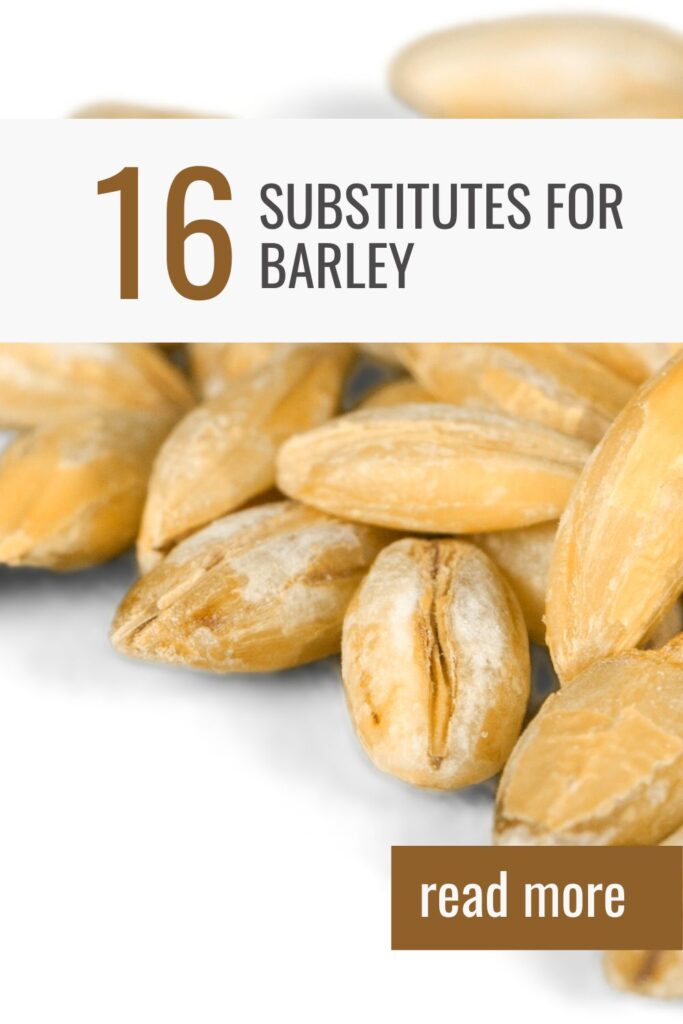
too busy to make it?
pin it for later to your favorite pinterest board
Choosing a Barley Substitute
When selecting a substitute for barley, you should take into account any dietary preferences and needs. Quinoa is considered a complete protein with a nutty flavor and a versatile choice for a wide range of dishes. Farro, on the other hand, offers a chewy texture and rich taste that complements soups and salads.
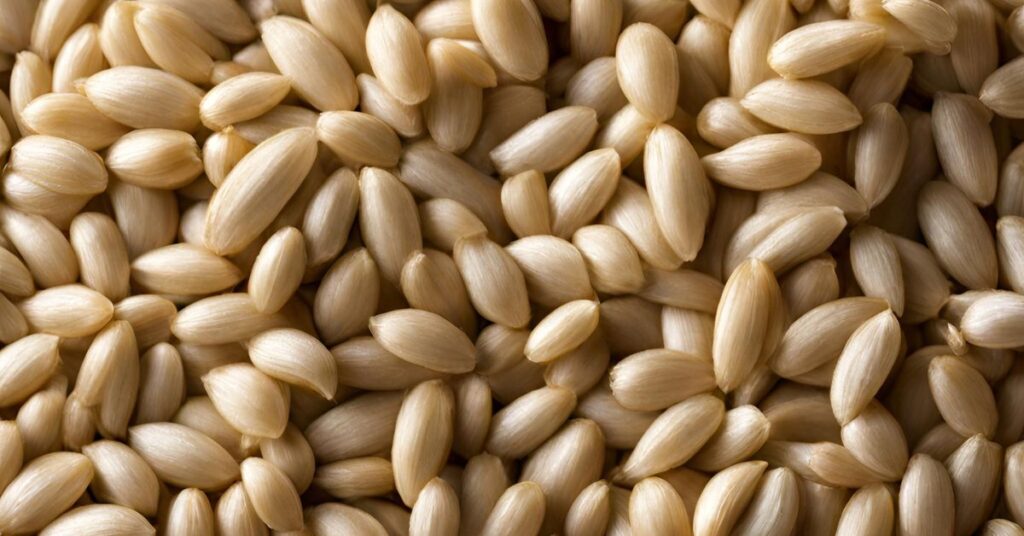
If you need a quick and mild substitute, bulgur fits the bill. For a healthier option, opt for brown rice, while millet is ideal for those with gluten sensitivities. Each choice brings unique characteristics to your recipes, so tailor your selection to the flavors and textures that best suit your dish and dietary requirements. I will go into more detail for each substitution below.
11 Best Substitutes for Barley
When choosing a substitute for barley be sure to take into account the type of recipe you are making as well as the taste and texture of the substitution. These substitutions for barley are great if you can’t find pearl barley at your local grocery store. Below are 11 great substitutes for barley.
1. Quinoa: The Versatile Substitute for Barley
Quinoa proves excellent as a replacement for barley. Known for its complete protein profile and delicate flavor like barley, quinoa can be seamlessly used as a substitute for barley in a wide range of dishes.
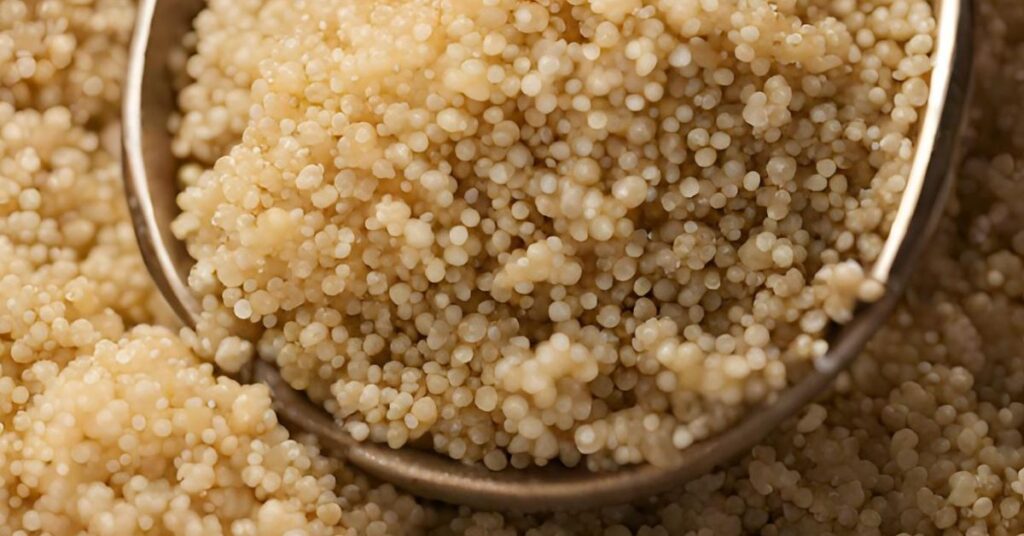
Whether you’re preparing hearty soups, refreshing salads, or flavorful pilafs, quinoa’s adaptability shines through. Its quick cooking time and knack for absorbing flavors make it a must-have in your kitchen.
2. Farro: Ancient Grain with Modern Appeal
Farro, an ancient grain, serves as an excellent barley substitute. With a similar taste and texture, farro can be used in soup, salads, and pilafs as a substitute for barley. Beyond its culinary adaptability, farro offers a healthy dose of fiber and essential nutrients, making it a nutritious addition to your meals.
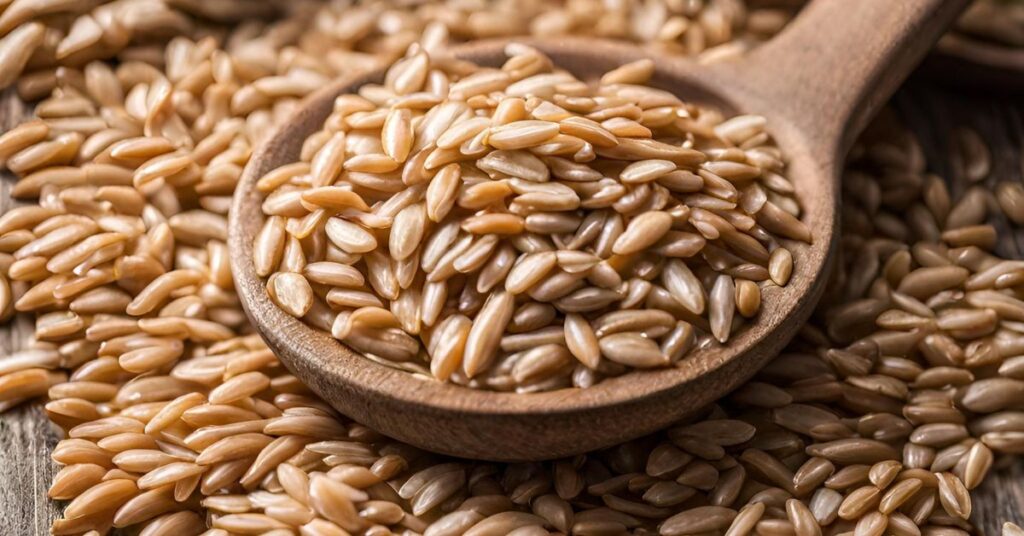
3. Bulgur: Quick and Convenient
Bulgar compares to barley as a quick-cooking alternative. This cracked wheat variety offers a mild flavor and serves as an excellent alternative in dishes like tabbouleh, hearty stews, and comforting casseroles. Its convenience in the kitchen is matched only by its adaptability.
4. Brown Rice: Wholesome and Nutrient-Rich
For those seeking a wholesome option, brown rice emerges as a healthier pearl barley replacement. This whole grain can seamlessly replace barley in recipes like risottos and grain bowls, providing both heartiness and a nutritional boost.
5. Couscous: Small but Flavorful
Couscous, often mistaken for a grain, is actually a tiny pasta made from crushed durum wheat. Its delicate texture and remarkable ability to absorb flavors make it an ideal quick-cooking substitute for barley. You can use it to elevate side dishes, salads, or as a canvas for your culinary creativity.
6. Millet: Gluten-Free Versatility
For individuals with gluten sensitivities, millet comes to the rescue. As a naturally gluten-free grain, millet can be used in dishes like porridge, pilafs, and savory stuffings. It has a mild, slightly nutty taste that enhances the overall dining experience.
7. Rye Berries: Hearty and Flavorful
Rye berries are a whole grains with a robust, earthy flavor and can easily replace barley in soups, salads, and side dishes, infusing a rustic charm into every bite.
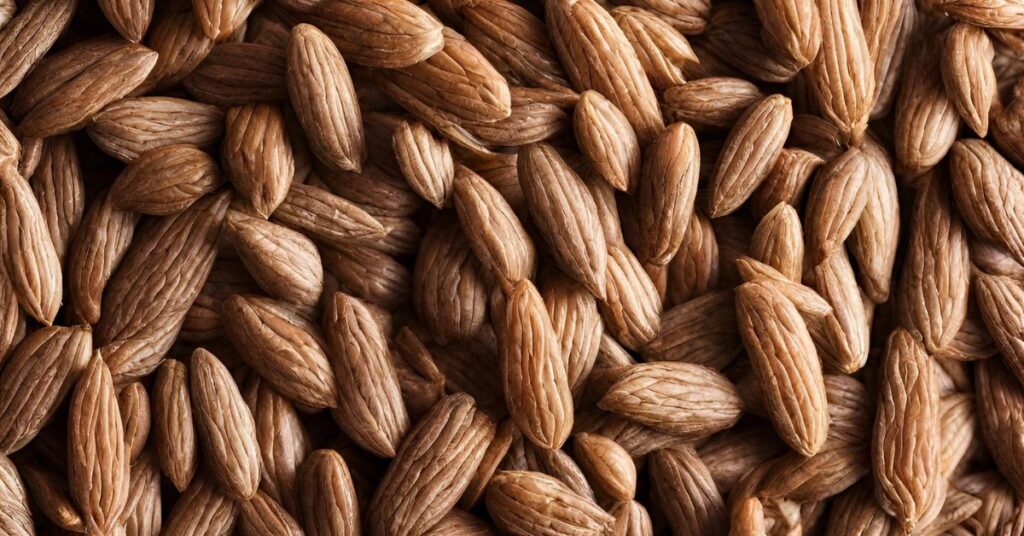
8. Amaranth: The Tiny Nutritional Powerhouse
Amaranth, a tiny grain packed with nutrients, holds its own as a barley alternative. Ideal for dishes like porridge, granola, and baked goods, amaranth’s high protein content and impressive nutritional profile elevate its status in the world of grains.
9. Triticale: A Hybrid Marvel
Triticale, a hybrid grain that combines the characteristics of wheat and rye, brings versatility to the table. It can be used as an alternative to barley in bread and other baked goods. Triticale’s unique flavor and adaptability make it an exciting choice for both bakers and cooks.
10. Wild Rice: Nature’s Bounty
Despite its name, wild rice is not a true rice but rather a type of grass seed. It serves as a distinctive substitute for barley in dishes like pilafs and flavorful stuffings. Wild rice’s unique texture and earthy flavor can lend a touch of wilderness to your culinary creations. Wild rice is an excellent barely replacement and I love it in my chicken and wild rice soup.

11. Wheat Berries
Wheat berries, as a substitute for barley, offer a hearty and slightly nutty flavor profile. These whole wheat kernels can seamlessly replace barley in various dishes, lending a mild, wheaty taste. By incorporating them into soups, salads, or pilafs you can bring a wholesome, grainy goodness to your meals. Their versatility in the kitchen makes them a reliable choice for those looking to explore alternatives to barley, while still enjoying the robustness of whole grains.
5 Additional Substitutes for Barley
Below are 5 additional substitutes for barley to use in your recipes. These may be a bit more difficult to find, however, they are worth mentioning.
Spelt: Ancient Elegance
Spelt, an ancient grain with a slightly sweet, nutty flavor, presents an intriguing alternative to barley. It can be employed in a variety of recipes, adding a distinctive twist to your culinary creations.
Freekeh: Roasted Green Goodness
Freekeh, with its smoky flavor and chewy texture, emerges as an excellent barley substitute for salads and side dishes. Its unique depth of flavor contributes to memorable meals.
Teff: Tiny but Mighty
Teff, a gluten-free grain native to Ethiopia, can be used as a barley substitute in injera (Ethiopian flatbread) and porridge. Don’t underestimate its tiny size; teff packs a nutritional punch, making it a versatile choice for various recipes.

Kamut: Nutty and Substantial
Kamut, known for its nutty flavor and substantial size, proves to be a fantastic choice when seeking to substitute barley in salads and pilafs. Its unique characteristics add depth to your dishes, making them stand out.
Conclusion on Barley Substitutes
In the expansive world of culinary creativity, by exploring barley substitutes you will find a realm of possibilities. Whether you seek a healthier option, cater to dietary restrictions, or simply wish to infuse new dimensions into your meals, the grains and alternatives outlined above offer a delightful array of choices. From quinoa’s nutritional prowess to the distinctive flavors of spelt and Kamut, these substitutes for barley showcase the rich diversity of the culinary world. So, the next time you find yourself in the kitchen, don’t hesitate to explore these options and let your taste buds embark on a flavorful journey through the world of grains.
Be sure to check out my list of substitutes for mint or these substitutes for asparagus as well!


